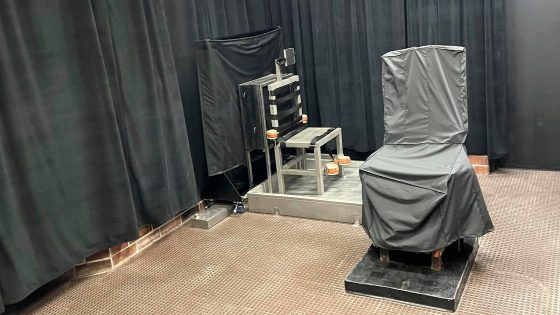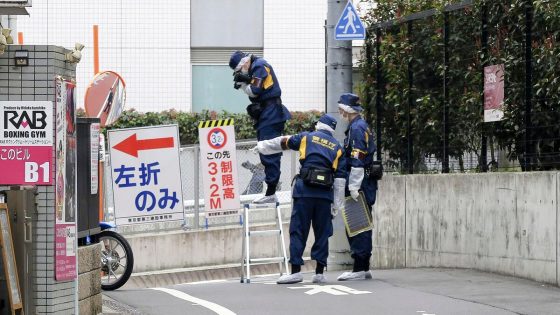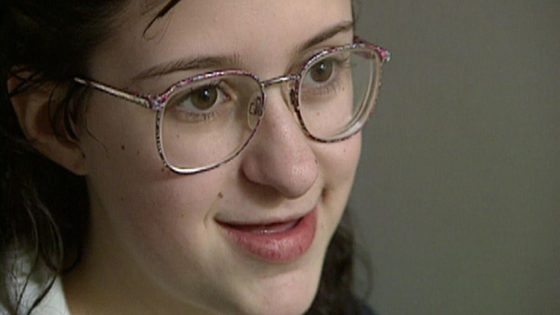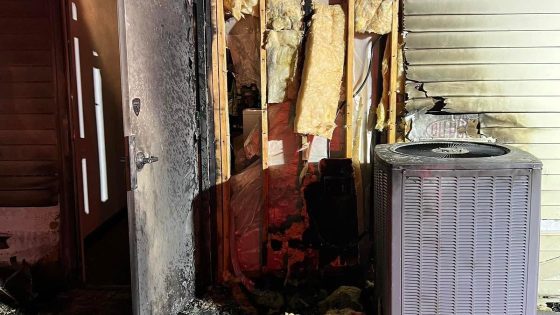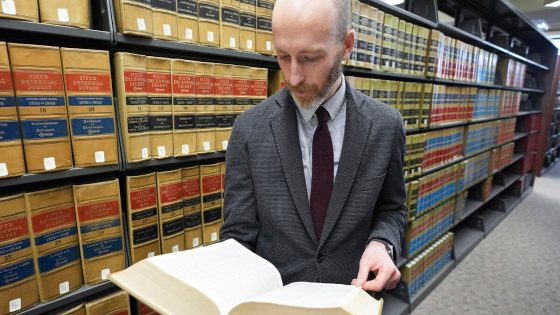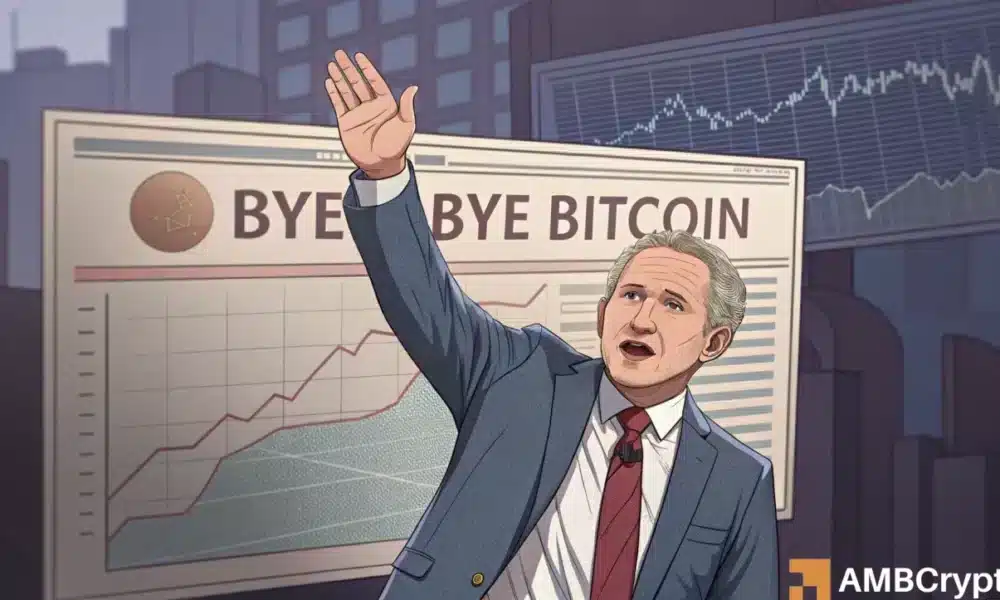In the heart of Detroit, where the echoes of sirens often amplify the tense atmosphere, a powerful debate over surveillance technology is igniting discussions about privacy, safety, and justice. On a recent Tuesday evening, the Detroit Police Department made headlines, not just for its ongoing battle against high crime rates, but for its controversial reliance on facial recognition technology, a tool that is attracting both fervent support and vehement criticism.
- CBS Reports documentary on surveillance in Detroit
- Use of facial recognition technology by police
- Concerns over racial bias in technology
- High crime rates prompting surveillance measures
- Article published on CBS News website
- Available on iOS and Android apps
The streets were buzzing with concern as residents watched news coverage featuring snippets of police operations, where hundreds of strategically placed surveillance cameras provide real-time data ostensibly aimed at keeping the city safer. But beneath the surface of this high-tech policing lies a deeply rooted tension, fueled by fears of racial bias and wrongful arrests. Critics, including activists and community leaders, argue that the technology disproportionately impacts marginalized communities, often leading to tragic mistakes. “We’re seeing a pattern where this technology fails to account for human lives and experiences,” stated Jamila Harris, a community activist who has been vocal against the sweeping use of surveillance in neighborhoods historically beset with inequality.
These concerns aren’t unfounded. Instances of the technology misidentifying innocent individuals have surfaced, leading to wrongful detentions and, in some cases, even arrests. A local family, who wished to remain anonymous, recounted the horrifying moment when their son was mistakenly flagged by the system, resulting in a series of distressing encounters with law enforcement. “All because he looked like someone they were searching for,” the mother lamented, her voice trembling with the weight of disbelief and fear. “How can we trust a system that gets it wrong?”
The city’s push for enhanced surveillance tools has roots in its struggle with crime. Over the past decade, the Motor City has battled some of the highest crime rates in the nation. To many, the adoption of these technologies seems like a necessary evil to reclaim lost safety. But for others, the prospect of constant surveillance feels like an invasion of privacy. “What we once considered a right to privacy is now scrutinized by the very systems meant to protect us,” said Detroit City Councilmember Lisa Johnson, who represents the district with the highest concentration of cameras.
As the debate intensifies, the city’s leadership faces mounting pressure from both sides. Lawmakers are torn between the demands for public safety and the ethical implications of invasive surveillance techniques. To navigate this complex environment, Mayor Mike Duggan has called for a public forum, an attempt to balance transparency with the imperative for security. “We need to ensure our approaches do not come at the cost of civil liberties,” he emphasized during a recent council meeting, urging for community input in shaping how these technologies are deployed.
The situation is further complicated by the legal framework surrounding the use of surveillance in the U.S. Numerous civil liberties organizations are scrutinizing the protocols governing the algorithmic systems, questioning their accuracy and the lack of accountability mechanisms for law enforcement use. With constituent voices rising through organized protests demanding reform, some experts are advocating for oversight on how facial recognition data is collected and processed, emphasizing the necessity for comprehensive policies that protect individual privacy without compromising public safety.
As of now, leaders in Detroit are looking toward the future, inching toward potential solutions that bridge these critical divides. Plans are in the works for increased training for law enforcement on the capabilities and limitations of facial recognition technology, alongside collaboration with civil rights experts to develop clear guidelines for its use. Meanwhile, community members continue to organize campaigns aimed at ensuring that all voices are considered in the ongoing discussions.
In a city still grappling with its past and present, the unfolding dialogues around surveillance technologies serve as a poignant reminder of the need to find a balance between safety and civil rights. As residents await the outcomes from city hall, individuals remain steadfast, echoing the sentiment that in the quest for advancement, humanity must prevail above all else. The debate isn’t just about technology; it’s about who we are and what kind of future we are building together.






